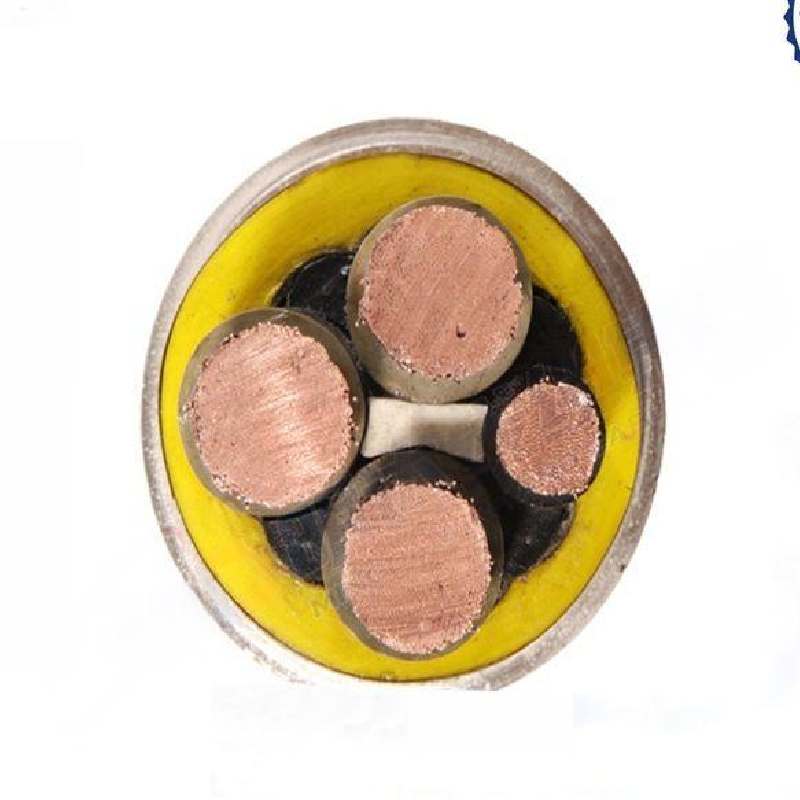Dec . 04, 2024 18:19 Back to list
3 way ball valve
Understanding the 3-Way Ball Valve A Comprehensive Overview
The 3-way ball valve is an essential component in various industries, acting as a critical control mechanism for fluid flow. This innovative valve design combines versatile functionality with reliability, making it a popular choice for applications ranging from water treatment plants to chemical processing facilities. In this article, we will explore the design, functionality, and applications of the 3-way ball valve.
Design and Functionality
A 3-way ball valve features a spherical closure unit with three ports one inlet and two outlets or vice versa. The design allows for multiple flow paths, permitting the valve to redirect flow or mix different fluids. The ball within is typically drilled with a hole or port that aligns with the valve’s openings, enabling the control of fluid flow.
One of the primary benefits of the 3-way ball valve is its ability to provide different flow configurations. Common configurations include L-Port and T-Port designs. In an L-Port valve, the flow can be directed from one port to another without the option to block flow to the third. On the other hand, T-Port valves allow for a more versatile flow, enabling mixing of fluids or diverting flow from one port to two others.
The operation of a 3-way ball valve is relatively straightforward. When the handle is turned, the ball rotates to the desired position. This pivoting action either opens the valve to allow fluid passage or closes it to stop the flow. The design ensures a tight seal, minimizing leakage and maintaining system integrity.
Applications
3 way ball valve

3-way ball valves find use in numerous applications across different industries due to their flexibility and efficiency. In the HVAC industry, these valves are used for controlling heating and cooling processes, allowing operators to maintain the desired temperature by adjusting the flow of water or refrigerants.
In the water treatment sector, 3-way ball valves facilitate the mixing of chemicals necessary for purification processes. They can also help to divert flow in sewage systems, ensuring that waste is properly directed to treatment facilities.
Furthermore, in the oil and gas industry, 3-way ball valves are pivotal in the management of fluids during extraction and transportation. Their robust construction can withstand high pressures and temperatures, making them ideal for challenging environments.
Additionally, food and beverage industries utilize these valves due to their ease of cleaning and minimal contamination risk. They ensure that production lines function smoothly by managing the flow of various ingredients and cleaning solutions.
Conclusion
The 3-way ball valve is a vital component that enhances the efficiency and control of fluid systems across various sectors. With its unique design that allows multiple flow configurations, it provides significant advantages in applications where flow direction and mixing are critical. As industries continue to evolve and seek better solutions for fluid management, the 3-way ball valve will undoubtedly remain a key player in the control and regulation of fluid dynamics. Its combination of reliability, ease of operation, and adaptability makes it a preferred choice for engineers and operators alike. Understanding its functionality and applications can lead to more informed decisions in selecting the right valves for specific industrial needs.
Share